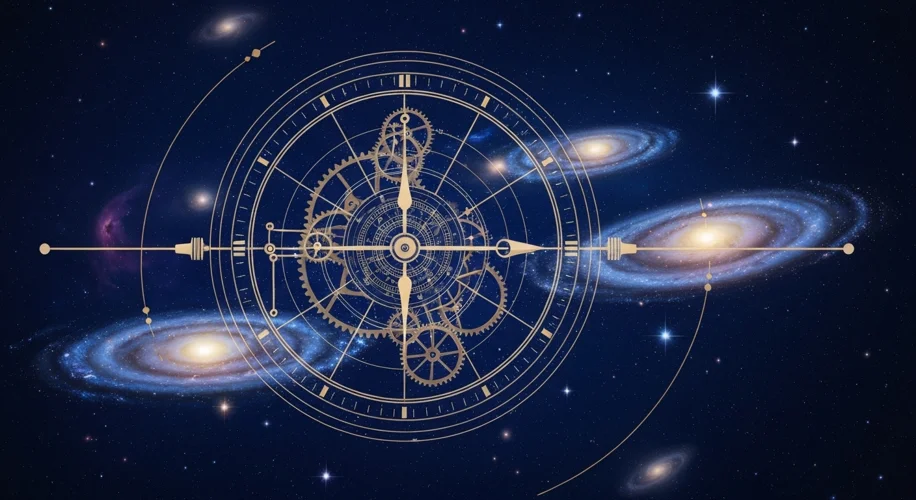Today, August 12, 2025, I want to share some exciting news from the world of physics. Scientists are exploring a new method for detecting dark matter, and it sounds incredibly promising. What if we could find something that makes up about 85% of the universe’s matter, yet we can’t see, touch, or even directly interact with it?
That’s the mystery of dark matter. For decades, researchers have been trying to figure out what it is. We know it’s there because of how its gravity affects galaxies and the large-scale structure of the universe. But its true nature remains elusive.
Now, researchers are looking at using precision nuclear clocks as a potential tool. You might think of clocks as just telling time, but these are incredibly sensitive instruments. They work by measuring the frequency of light emitted or absorbed by atoms. Scientists can make these measurements with astounding accuracy.
The idea is that if dark matter interacts with ordinary matter through forces we haven’t yet detected, these interactions might subtly affect the atomic transitions that nuclear clocks measure. Imagine a very, very faint whisper that only the most sensitive instruments can pick up.
This new approach could allow us to search for forces that are incredibly weak – up to 10 trillion times weaker than gravity. That’s a huge leap in sensitivity compared to current methods. It’s like trying to hear a pin drop in a hurricane, but with technology that’s getting closer and closer to giving us that capability.
The development of these super-precise clocks is itself a marvel of modern science. They are being refined to measure time with such accuracy that they could detect tiny relativistic effects predicted by Einstein’s theory of relativity. But their potential goes beyond just testing fundamental physics; they might offer a new window into the universe’s biggest mysteries, like dark matter.
Think about it: we’ve been looking for dark matter using particle detectors that try to catch dark matter particles bumping into ordinary matter, or by looking for indirect signs of its existence. This new method offers a completely different angle, focusing on how dark matter might influence the fundamental properties of atoms themselves.
While it’s still early days, the possibility of using these precision nuclear clocks to uncover the secrets of dark matter is incredibly exciting. It’s a testament to human curiosity and our relentless drive to understand the universe we inhabit. I’ll be keeping a close eye on this research – it could be a giant leap forward in our cosmic detective work!

